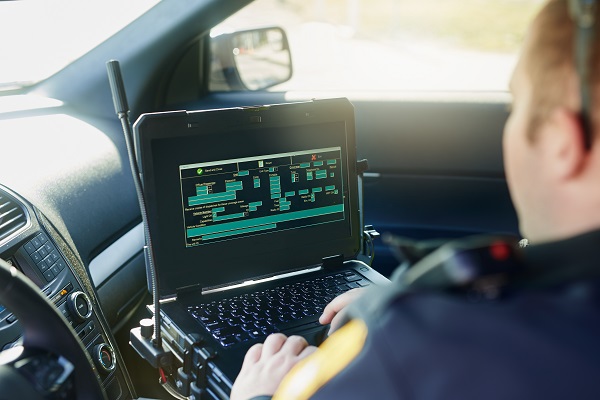As I think about the future of law enforcement, it’s clear that technology is playing a significant role in the police force of tomorrow. Tools like body cams, facial recognition software, to speech recognition are changing the way officers work – and proving to be an essential piece of the arsenal for agencies.
As we continue to prepare for IACP 2019, this year has sparked a lot of conversation amongst my team and me about how technology has become an integral piece of the law enforcement arsenal. It’s exciting to see the impact new technology is making and how it is shaping the future of law enforcement. These solutions offer a better way to help address challenges these professionals and agencies face, from report quality and efficiency to officer safety and how they serve their communities.
It is incredible to see how quickly the adoption of new tools has grown. Face recognition technology and body cameras continue to emerge to increase both officer safety and community service. Facial recognition software used to sound like science fiction. Still, a recent study in Massachusetts found that 64% of Bay State residents say it has the potential to keep them safer. Also, body cameras are gaining more widespread use as departments realize the value in capturing the exact content of each encounter – for both officers and the civilians they serve.
Even with everyday tasks like incident reporting, we see shifts towards more automated systems. Reports which are maintained using records management systems (RMS) are now being integrated with modern technology, like speech recognition software, to help capture and move this mission-critical information faster and more efficiently.
This is an exciting time for those who are developing new technology for the public safety industry. We’re all working to help empower law enforcement professionals to serve their communities better, and I, for one, cannot wait to see what’s next.






